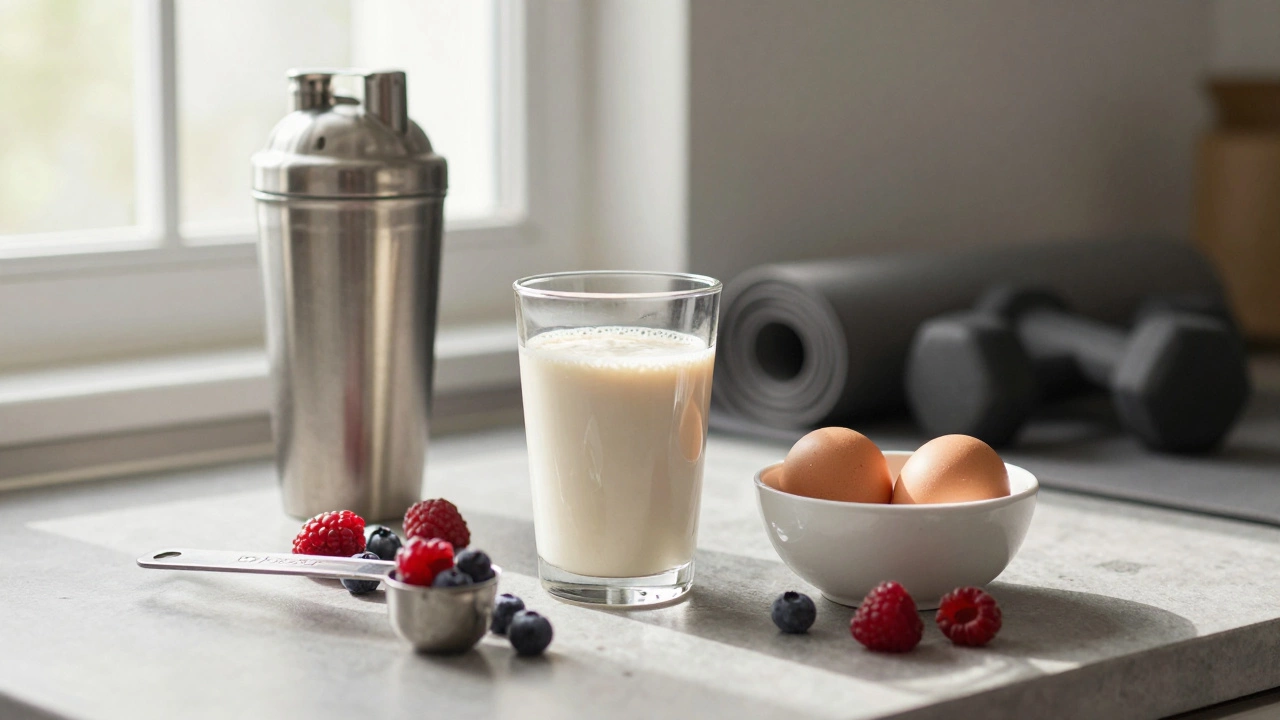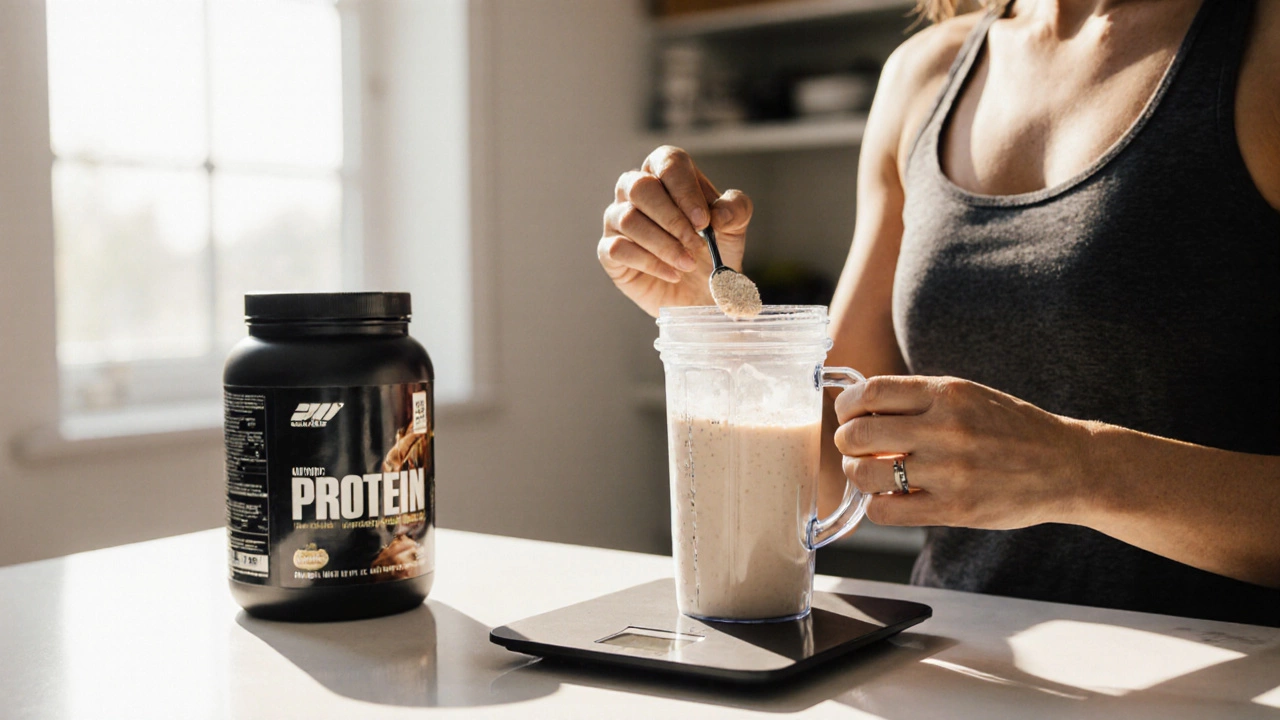Whey Protein: Boost Your Fitness and Wellness
When you hear Whey Protein, a fast‑digesting dairy protein packed with branched‑chain amino acids. Also known as whey isolate, it fuels muscle repair after workouts, you instantly think about rebuilding muscle tissue. whey protein isn’t just for bodybuilders; it’s a key player in Strength Training, resistance work that builds muscle mass and bone density because muscles need a quick supply of amino acids to grow. The same protein can help with Weight Loss, the process of reducing body fat while preserving lean muscle by keeping you fuller longer and supporting a higher metabolic rate. Even Yoga, a low‑impact practice that improves flexibility, balance and mind‑body connection benefits from proper protein intake, as stronger muscles make poses safer and more stable. In short, whey protein ties together recovery, performance and body composition.
Why It Matters for Every Fitness Goal
Think of whey protein as the bridge between effort and results. If you’re doing high‑intensity interval training (HIIT) or a cardio session, the protein supplies the building blocks your body needs to repair micro‑tears, which means less soreness and faster next‑day performance. For those focusing on anti‑aging workouts, research shows that adequate protein helps preserve muscle mass that naturally declines with age, keeping you spryer for longer. When you pair whey with a balanced diet, the timing matters – a scoop within 30 minutes post‑exercise maximizes muscle protein synthesis, while a smaller serving before bedtime can support overnight recovery. Choosing the right type matters too: whey isolate offers the highest purity for those watching carbs, whereas whey concentrate is more affordable and still effective for most people.
Nutrition doesn’t exist in a vacuum. Your cardio routine, whether it’s a 30‑minute jog or a 15‑15‑15 interval, interacts with protein intake to dictate how efficiently you burn fat. Strength training sessions that include compound lifts like squats or deadlifts demand more protein than a gentle restorative yoga flow, but both benefit from the amino acid surge whey provides. If you’re aiming to lose belly fat, combining a calorie‑controlled plan with whey protein can curb cravings and maintain muscle, which keeps metabolism humming. For yoga enthusiasts, stronger core muscles from protein‑supported training can deepen poses and reduce injury risk, letting you explore more challenging styles safely.
Below you’ll find a curated set of articles that dive deeper into these topics – from the best whey formulas for beginners to how protein fits into cardio, HIIT, and yoga routines. Whether you’re chasing weight loss, building strength, or simply want a smoother yoga practice, the posts ahead break down practical tips, science‑backed advice and real‑world examples to help you make the most of whey protein in your fitness journey.

Best Protein for Belly Fat Loss: What Actually Works
Maeve Larkspur Dec 1 0Whey and casein proteins are the most effective for losing belly fat, especially when paired with strength training. Plant proteins like pea and rice blends work well for vegans. Timing and quality matter more than the brand.
More Detail
How Many Protein Shakes Can You Safely Drink Daily?
Maeve Larkspur Oct 8 0Learn the safe number of protein shakes you can drink each day, how to match them to your protein goals, and tips to avoid common pitfalls.
More Detail